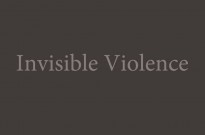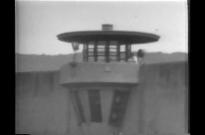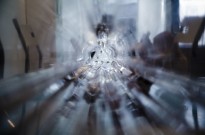Research / Conversations
Doing the Difficult Work

To Nobody

Part Three
Responding to some of the concerns embedded in artist Oliver Husain’s TPW R&D exhibition, Toronto writer, director and artist Alexander Wolfson contributes a series of posts to our growing research archive TPW R&D Online. The writing is conceived as a ongoing dialogue between two nameless figures questioning the boundaries of the accessible/inaccessible in relation to representation itself. The text explores the limits of what is transmitted by an artist to whoever encounters the effects of a work. As the accompanying exhibition progresses, so will the dialogue, emerging from what occurs from within the boundaries of the space.
To Nobody

Part Two
Responding to some of the concerns embedded in artist Oliver Husain’s TPW R&D exhibition, Toronto writer, director and artist Alexander Wolfson contributes a series of posts to our growing research archive TPW R&D Online. The writing is conceived as a ongoing dialogue between two nameless figures questioning the boundaries of the accessible/inaccessible in relation to representation itself. The text explores the limits of what is transmitted by an artist to whoever encounters the effects of a work. As the accompanying exhibition progresses, so will the dialogue, emerging from what occurs from within the boundaries of the space.
Belmore / Gonzales-Day / Granados / Noguchi

To explore the artists’ works and the topic of violence in collaboration rather than in isolation, the curator Liz Park and photo-scholar Judy Ditner engaged in a process of exchange. Seeking to open up each other’s readings, we jointly authored this text to point to some key issues the artists take up, and to offer partial descriptions of and ruminations on the artworks.











